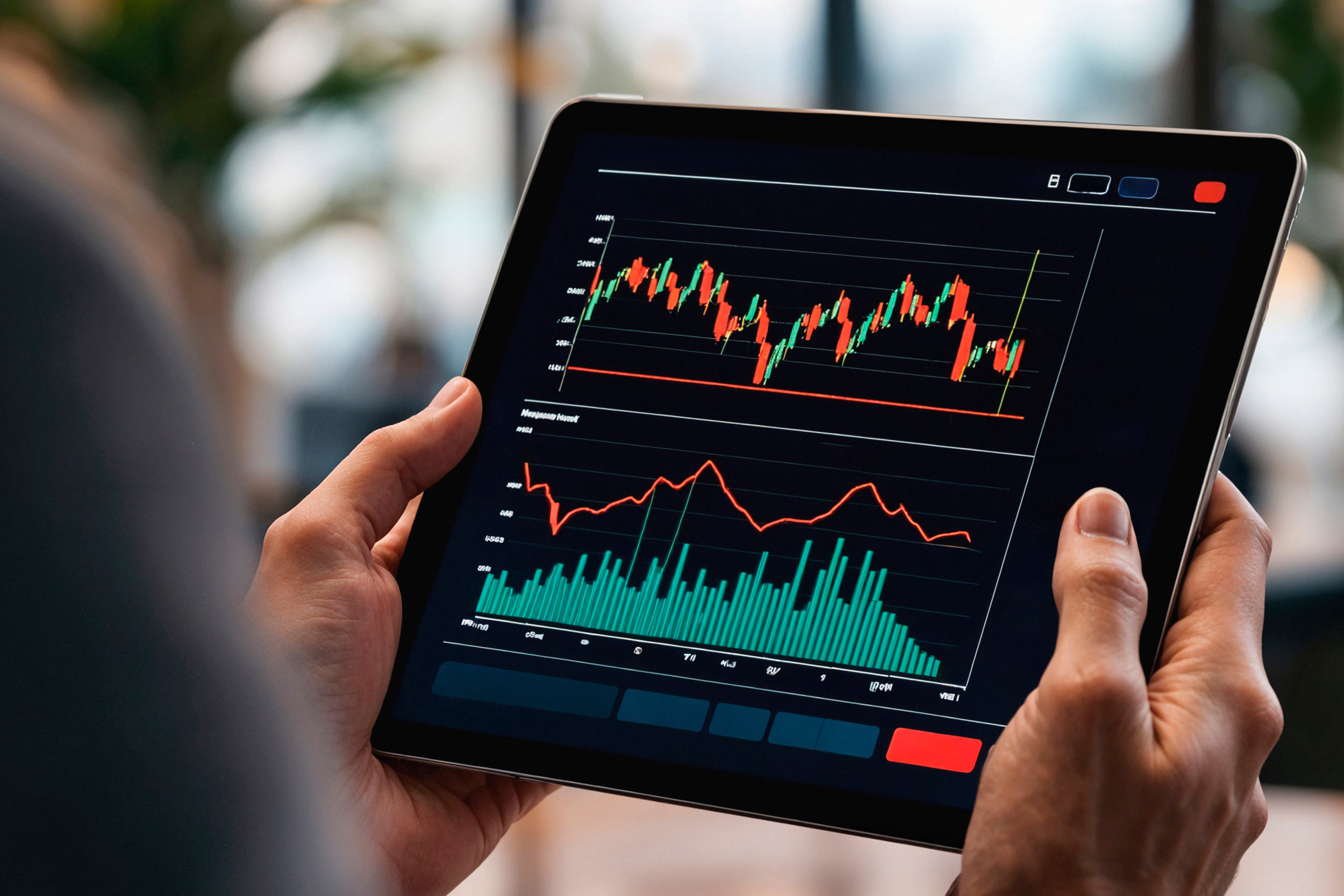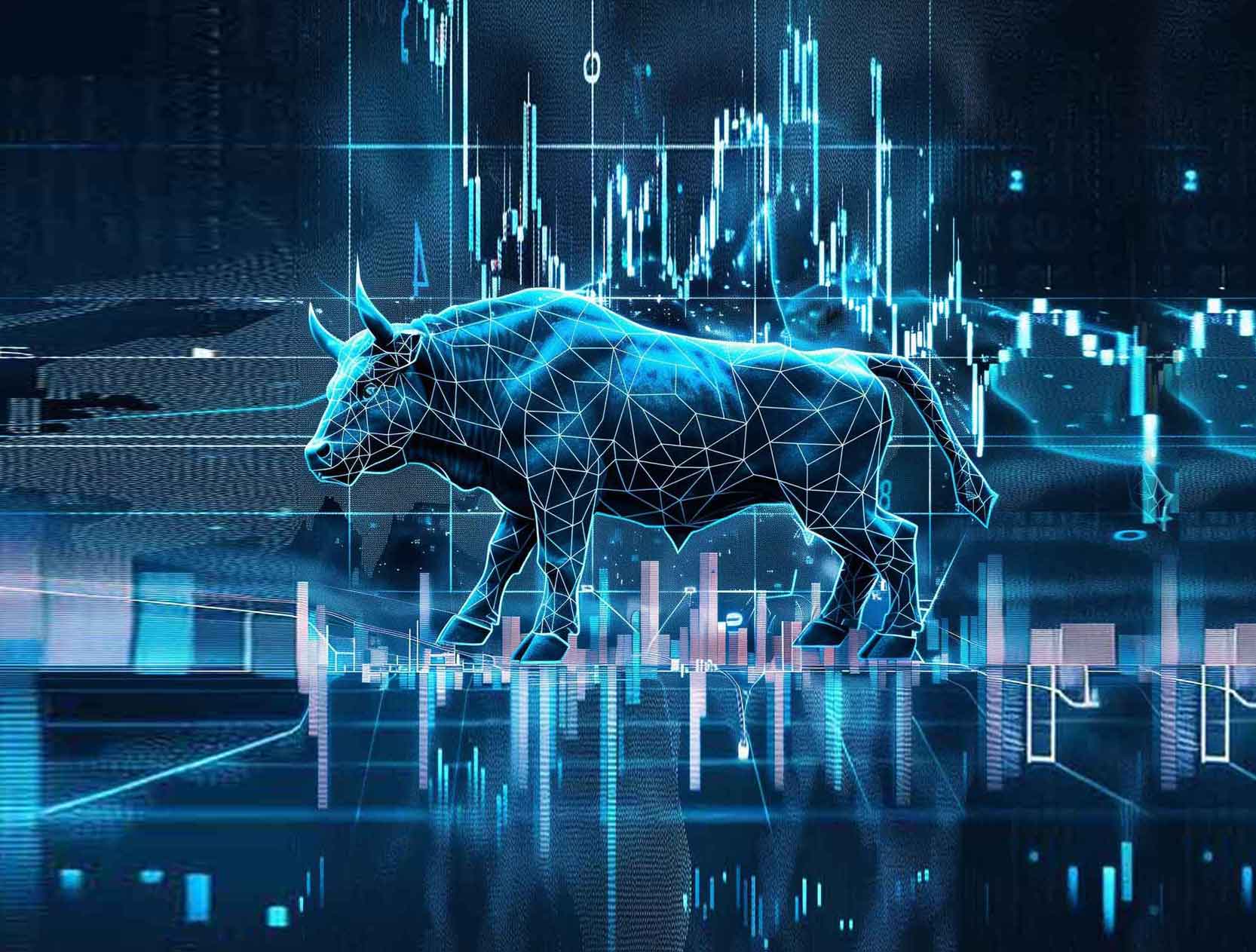The forex market, the world's largest and most liquid financial market, is influenced by many factors, including economic data, geopolitical events, elections, and news. These events can create significant volatility and present both opportunities and risks for traders.
Forex trading, the buying and selling of currencies on the foreign exchange market, aims to profit from fluctuations in currency values. For instance, if you predict the euro will rise against the US dollar, you would buy the EUR/USD currency pair. The forex market operates 24/5 and is decentralized, allowing it to react quickly to global events. This responsiveness is why elections and news significantly impact currency prices.
The Impact of Elections on the Foreign Exchange Market
Elections impact a nation's currency as they determine future economic policies. New governments may introduce policy shifts that attract or deter foreign investment, impacting the currency's strength. The uncertainty surrounding elections can also increase market volatility. Election results and their alignment with market expectations influence currency value, as seen in the sharp drop of the British pound following the 2016 Brexit referendum. Additionally, the influence of elections on central bank policies and interest rates can affect a currency's worth.
Forex markets are influenced by economic data (GDP growth, inflation, employment), geopolitical events (trade wars, political instability), central bank announcements (interest rates, monetary policy), and breaking news (natural disasters, policy shifts).
Strategies for Traders to Navigate News and Elections
To manage unpredictable news and election events, traders should stay informed, use technical analysis, manage risk, monitor sentiment, and time their trades effectively.
Forex markets are highly sensitive to elections and news, which can cause dramatic and sudden currency fluctuations. These events, ranging from policy changes after elections to economic data releases and geopolitical developments, drive trader sentiment and market trends.






